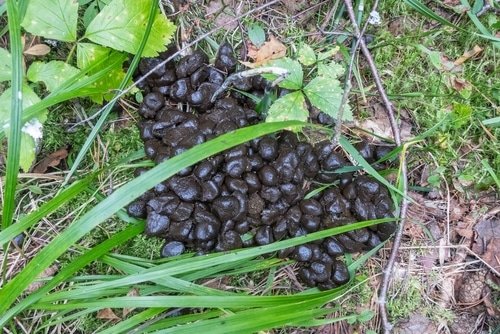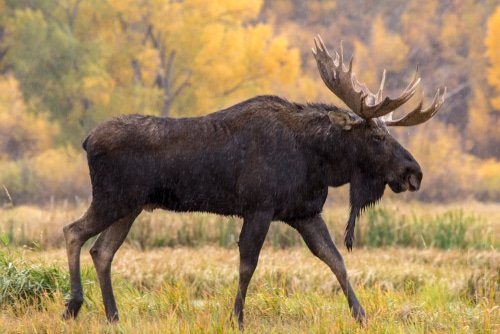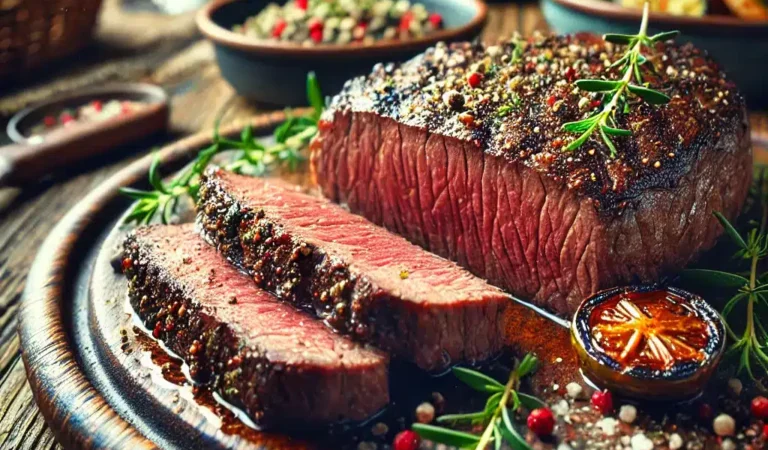Moose calling is a captivating hunting technique. It’s an art that requires a good understanding of moose behavior and vocalizations. This blog dives into tips that enhance your moose calling effectiveness.
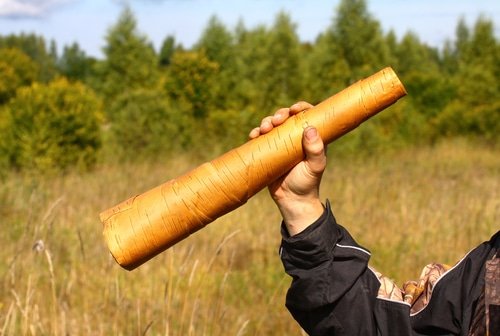
Moose Calling: More Than Just Sounds
Effective moose calling is rooted in a deep knowledge of moose behavior and vocalizations. It’s essential for establishing a connection with these animals, increasing your chances of a successful hunt.
Understanding Moose Behavior and Vocalizations
Behavior During Rut
- The rut, or mating season, is when moose are most responsive to calls.
- Bulls become aggressive and vocal, competing for mating opportunities.
Types of Vocalizations
- Cow Calls: Imitate estrus sounds to attract bulls.
- Bull Grunts and Roars: Convey aggression and territoriality among males.
- Calf Calls: High-pitched sounds that attract cows.
Choosing the Right Call
Types of Calls
- External Reed Calls: Produce realistic cow and bull sounds.
- Diaphragm Calls: Use airflow and tongue pressure for vocalizations.
- Tube Calls: Simulate sounds through airflow in a hollow tube.
Factors in Call Selection
- Seasonal Variations: Understand the rut season to choose effective cow calls.
- Local Populations: Research local moose behavior for the most effective call types.
Implementing Effective Moose Calling Techniques
Mastering the Call
- Practice to perfect the nuances of moose sounds
- Understand when and how to use each type of call
Patience and Persistence
- Moose may not respond immediately; persistence is key
- Adjust techniques based on moose behavior and response
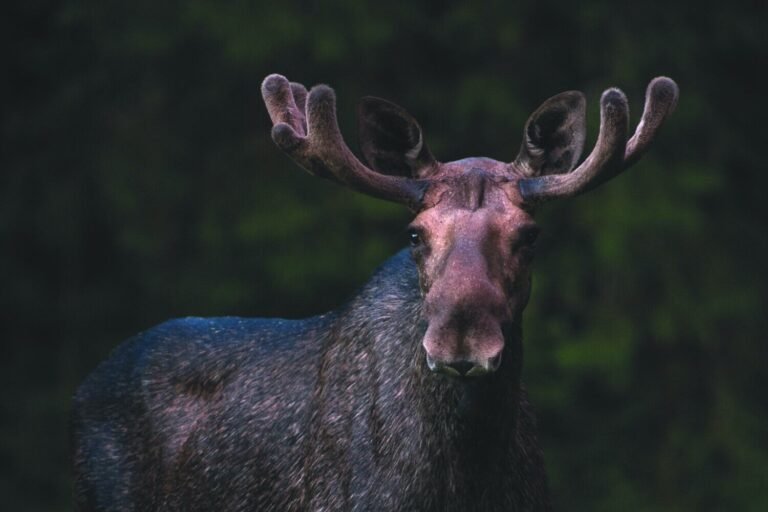
Moose Calling Techniques: A Step-by-Step Guide
Understanding and Mimicking Cow Calls
To effectively attract moose, it’s crucial to replicate a female moose in estrus. Cow calls, especially during rutting season, attract mate-seeking bulls. Start with a deep, throaty call resembling a female moose. Use a call that varies in pitch, beginning with short, low mews or chirps, then transitioning to longer, high-pitched wails, like an aroused cow in heat.
Experimenting with Cadence and Tone
Different cadences and tones mimic the female moose’s emotional states. Effective calling also involves mastering timing and rhythm, which are critical. Moose vocalizations are most noticeable in early mornings and late evenings. Mimic these rhythms with pauses, resembling the natural breaks between calls.
Executing Bull Grunts and Roars: Understanding Dominance
Bull grunts and roars, used for dominance, are also useful. Grunts are low-pitched, conveying aggression, and can be mimicked with deep, guttural calls. Roars, indicating presence and readiness to challenge, require increasing call intensity and volume. This display, varying in duration and intensity, attracts potential rival bulls.
Advanced Strategies: Decoys and Rattling Antlers
Decoys, combined with calls, create a powerful illusion. Place decoys in open areas, visible from afar, and wait before calling. Rattling antlers add authenticity, simulating bull sparring. This tactic, requiring balance in sound production, attracts moose by imitating combat.
Safety: Camouflage and Scent Control
Proper camouflage and scent control are crucial. Moose have a strong sense of smell. Wear camouflage matching the environment and use odor-neutralizing sprays. Always be aware of your surroundings, including potential hazards and nearby wildlife.
Common Mistakes: Overcalling and Impatience
Avoid overcalling or using inappropriate volumes. Moose may get spooked or find the calls unnatural. Patience and persistence are key; responses may not be immediate.
Conclusion: Mastering Moose Calls
Moose calling is an art. Understanding moose behavior and vocalizations, selecting the right call, and employing effective techniques are essential. Remember the importance of safety, patience, and persistence. Armed with this knowledge, you’re ready for a successful and safe moose-calling experience.


